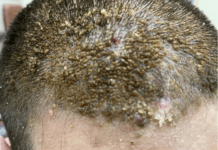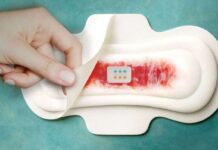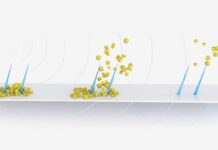There has been a breakthrough advancement in health monitoring. A radar stethoscope precisely “listens” to patients’ heart sounds. Moreover, it can pave the way for a new generation of contactless medical monitoring technology.
The University of Glasgow researchers spearheaded the creation of the new technology. It tracks patients’ heart sounds using radar. Similar to using a stethoscope. Furthermore, it greatly outperforms prior methods of detecting heart rate with radar waves, which obtain data from patients’ chest motions.
Published in the IEEE Journal of Biomedical and Health Informatics, the team shows how they used advanced signal processing techniques to separate and measure the heart sounds of human volunteers.
They used a 24Ghz continuous-wave radar device to bounce electromagnetic radiation off volunteers’ bodies as they lay down fully dressed. The reflections of the waves enabled the researchers to quantify not only the movement of their chests. In addition, their hearts made noises as valves opened and closed—an approach similar to how doctors use stethoscopes to hear patients’ hearts.
They used advanced filters to eliminate signal noise and interference. Thereby allowing them to obtain a clear pulse signal and calculate patients’ heart rates.
Testing the Radar Stethoscope
To assess the success of their strategy, scientists used radar to collect heart sounds. And chest movement data from male and female participants for 30 seconds, 60 seconds, and five minutes, respectively. They also examined three different heartbeat intensities for each period: “resting” (60-80 bpm), “anxiety” (100-130 bpm), and “transition” (80-130 bpm).
Simultaneously, they used an electrocardiogram (ECG) machine to monitor the volunteers’ hearts. That is the current gold standard for clinical heart rate assessment.
The researchers discovered that their new technology could measure heart sounds of all intensities with over 99% accuracy—their readings deviated by less than one beat per minute from the concomitant ECG measurements.
Dr. Hasan Abbas, senior lecturer at the James Watt School of Engineering, is one of the paper’s authors. He said,
Unlike camera-based patient monitoring technologies, radar preserves patient privacy by collecting only their vital signs and no information about their movements or activities. The system we’ve developed could form the basis of a game-changing user-friendly health care technology in the future.”




